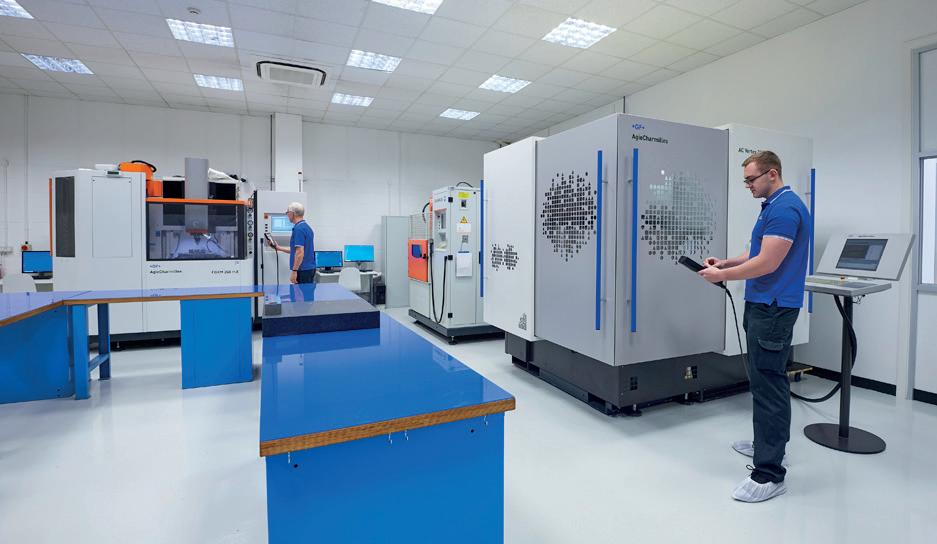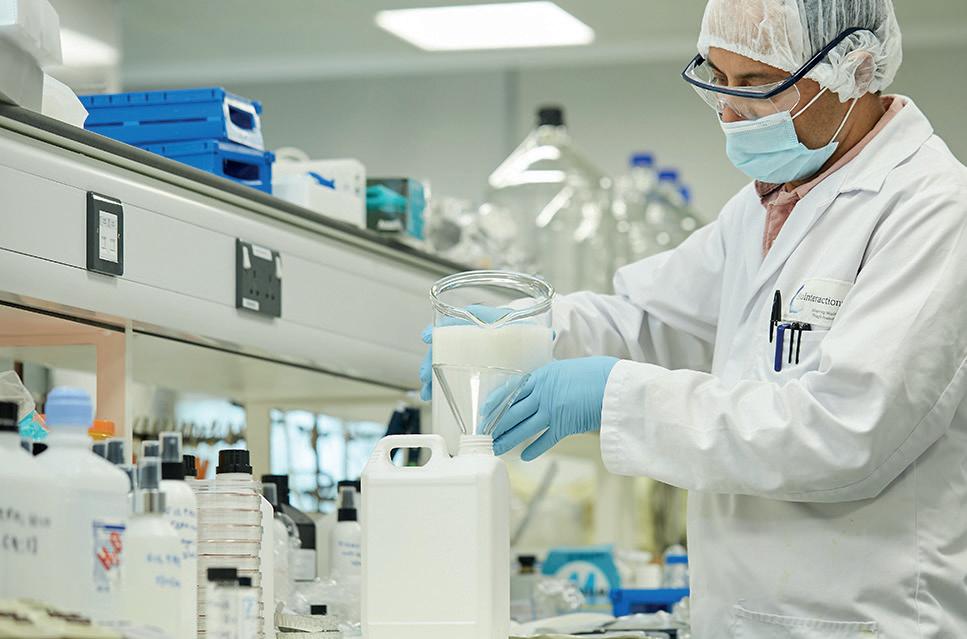
1 minute read
The path to sustainable medtech solutions


Material Selection
The demands of medtech applications limit what materials can be used. With the need to balance consistency, quality, regulatory approvals, and reliable supply, the primary option is bio-attributed or mass-balanced solutions from our supply partners LyondellBasell, INEOS Styrolution, BASF and more.



Bio-attributed materials have positive impacts on the carbon footprint of a component, by replacing other polymers with higher carbon footprints or a weak recycling chain. With an understanding of the key material requirements, Ultrapolymers can implement its portfolio to find the right solution for your product during its life, and at the end.
The Production Process
There are multiple factors which impact the sustainability of the production process. One is geography; producing products local to the target market reduces global shipping. Efficient, local, just-in-time production allows for a lean and less carbon intensive manufacture.
It is also worth considering the equipment used to mould these parts. Are the latest, efficient machines used? Is there access to green energy sources? And how can we optimise the production process to minimise waste? Can we capture and re-use any scrap in appropriate applications, even if it is downcycling?
The End Of Life
Most products at some time will reach the end of their useful life. This necessitates disposal, however, the design choices taken earlier broaden the options available to us now. In some cases, we can re-use or mechanically recycle the waste materials via ‘enhanced cleaning’ to use it in similar or downcycled applications. Finally, on the horizon, there is chemical recycling, a much heralded but still upcoming technology which could open significant channels for further circularity in polymers.
Despite the potential benefits of sustainability in medtech there are barriers to its widespread adoption:

● Risk: The quality of medical devices is paramount and steps to introduce sustainability could impact this. With the consequences of failures, recalls or worse the risk/reward balance is a fine line
● Regulation: To introduce materials other than fossil fuel or bioattributed grades are a challenge as the regulatory requirements for healthcare applications preclude their use. Finding the low-risk areas to influence is a key first step



● Time: The development cycle of medical devices as well as their life in the market is long. The cost to re-specify is significant therefore it is difficult to justify the time

● Lack of incentives and resources: Although sustainability is said to be important many end-users want it as a no or low-cost option. Sadly, this is just not an option now, the premium for bio-attributed solutions is noticeable so there must be a real desire for adoption.
However, these barriers present opportunities for improvement and innovation and that is where, in collaboration with designers, brand owners and converters, Ultrapolymers can offer support and experience in the development of exciting, new, and sustainable products for medtech applications.











